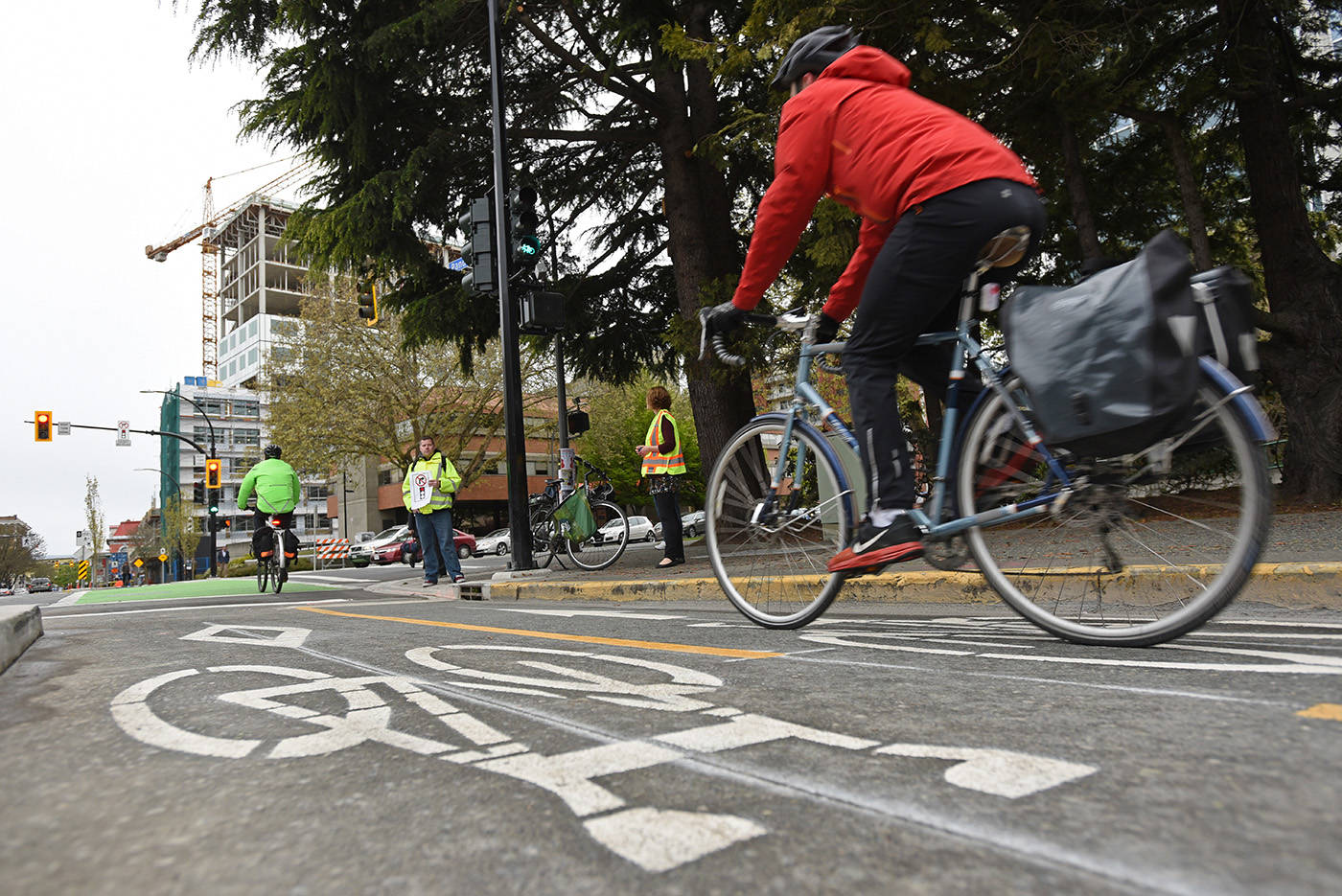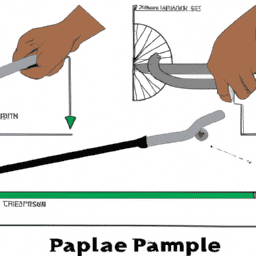As a passionate cyclist, I understand the significance of choosing the perfect bicycle tailored to your requirements. Whether you cycle every day, enjoy biking on the weekends, or compete at an athletic level, having the ideal bicycle can greatly enhance both your performance and pleasure in cycling.
But with so many types of bicycles on the market and a wide range of prices, it can be overwhelming to figure out how much you should expect to spend.
In this article, I’ll break down the different types of bicycles available, what factors affect the price of a bicycle, and where you can find bicycles at different price ranges. I’ll also offer tips on how to choose the right bicycle for your needs based on your riding style, terrain, and budget.
Whether you’re in the market for a new bike or just curious about the different options available, this article will provide a comprehensive guide to understanding how much a bicycle costs.
Key Takeaways
- The price of a bicycle is determined by factors such as brand reputation, material quality, and component quality.
- Different types of bicycles, including mountain bikes, road bikes, folding bicycles, and electric bicycles, are designed for different riding styles and terrain.
- When choosing a bicycle, consider factors such as riding style, terrain, budget, and comfort features like padded seats and adjustable handlebars.
- Bicycles can be purchased online, in brick and mortar shops, from second-hand shops, or through direct-to-consumer sales from manufacturers. Different price ranges are available for casual riders, commuters, serious riders, and elite athletes.
Types of Bicycles
You’ll find that there are many types of bicycles available, from road bikes to mountain bikes to cruisers. When choosing a bicycle, it’s important to consider your intended use.
For those who enjoy off-road adventures, a mountain bike may be the better choice due to its sturdier frame, wider tires, and suspension system. On the other hand, road bikes are designed for speed and efficiency on paved surfaces, making them a great option for commuting or long distance rides.
Another factor to consider when choosing a bicycle is whether to invest in a folding or electric model. Folding bicycles are convenient for those with limited storage space or who need to transport their bike frequently, while electric bicycles offer an added boost of power for those who want to cover long distances without too much effort.
Ultimately, the type of bicycle that is best for you will depend on your individual needs and preferences.
When it comes to purchasing a bicycle, there are several factors that can affect the price, such as the quality of materials used, the brand name, and any additional features or accessories included.
Factors that Affect the Price of a Bicycle
If you’re looking to buy a bike, there are several factors that can influence the price. One of the biggest factors is the brand of the bicycle. Different brands have a varying reputation for quality, and some are more well-known than others. A well-known brand may be more expensive, but it usually means you’re getting a better quality bike.
Additionally, different brands may focus on specific types of bikes, such as road bikes or mountain bikes, which can also impact the price. Another important factor is the quality of the materials used in the bike’s construction. Bikes can be made from a variety of materials, including steel, aluminum, carbon fiber, and titanium.
Carbon fiber and titanium are typically the most expensive materials due to their lightweight nature and high durability. Additionally, bikes with higher-quality components, such as brakes and gears, can also increase the price. Overall, it’s important to consider the brand and material quality when shopping for a bike to ensure you’re getting the best value for your money.
When considering the price of a bike, it’s important to keep in mind the various factors that can influence it, such as brand and material quality. These factors can result in a wide range of prices for bikes, from a few hundred dollars to several thousand dollars.
In the next section, we’ll discuss the different price ranges you can expect to see when shopping for a bike.
Price Ranges
Wow, you’re in for a treat because we’re going to explore the different price ranges for bikes! Investing in a bike can be a daunting task, especially with the range in prices. However, understanding the price ranges can help you find the right bike for your budget.
To help you compare prices, I’ve created a table below that showcases the different price ranges for bikes. Keep in mind that these prices are not set in stone and can vary depending on the brand and the type of bike you’re looking for. When comparing prices, it’s important to look at the features of the bike and compare them to other bikes in the same price range.
| Price Range | Type of Bike |
|---|---|
| Under $500 | Budget-friendly options for casual riders |
| $500 – $1,000 | Mid-range bikes for commuters and recreational riders |
| $1,000 – $3,000 | High-end bikes for serious riders and competitive cyclists |
| Over $3,000 | Professional-grade bikes for elite athletes and racing enthusiasts |
Brand comparison is also crucial when it comes to finding the right bike for your budget. Some brands offer budget-friendly options, while others specialize in high-end bikes. Researching and comparing brands can help you find a bike that is not only within your budget but also meets your specific needs and preferences.
As you can see, there are a variety of price ranges when it comes to buying a bike. But don’t worry, with a little bit of research and comparison, you can find a bike that fits your budget and your needs. Speaking of which, now that you have an idea of the different price ranges, let’s explore where to buy bicycles.
Where to Buy Bicycles
Looking for the perfect place to purchase a bike can be overwhelming, but don’t worry because I’ve got you covered. Whether you’re a seasoned biker or just starting out, finding the right place to buy your bicycle can make all the difference.
Before making your purchase, consider these options:
-
Online shops: With the rise of e-commerce, many bike shops have moved their businesses online. Shopping for a bike online can be convenient and often offers a wider selection than brick and mortar shops. However, it’s important to note that you won’t be able to test ride the bike before purchasing and assembly may be required.
-
Brick and mortar shops: Local bike shops are a great option for those who want to test ride the bike before purchasing and receive expert advice from staff. Additionally, many shops offer free or discounted maintenance services with your purchase. Keep in mind that prices may be higher at brick and mortar shops due to overhead costs.
-
Second-hand shops: If you’re on a tight budget, consider purchasing a used bike from a second-hand shop. However, be sure to thoroughly inspect the bike for any damages or wear and tear before making your purchase.
-
Private sellers: Websites like Craigslist and Facebook Marketplace offer a platform for individuals to sell their bikes. This can be a great option for finding a good deal, but be cautious of scams and make sure to inspect the bike before making your purchase.
-
Direct from manufacturer: Some larger bike manufacturers, such as Trek and Specialized, offer direct-to-consumer sales through their websites. This can result in lower prices and a wider selection, but be aware that you won’t be able to test ride the bike before purchasing.
When deciding where to purchase your bike, consider your budget, needs, and preferences. Once you’ve found the right place to buy your bike, it’s time to learn how to choose the right bicycle for you.
When it comes to choosing the right bike for you, there are a few key factors to consider. The most important consideration is what type of riding you plan to do. This will determine the style of bike you need, such as a road bike, mountain bike, or hybrid bike. Other factors to consider include your budget, height, and riding experience. By taking these factors into account, you can ensure that you choose the right bike for your needs and preferences.
How to Choose the Right Bicycle for You
To find the perfect bicycle for you, imagine yourself cruising down a scenic road or tackling a challenging mountain trail.
When choosing a bicycle, size considerations are crucial. It’s important to find a bike that fits you properly, as an ill-fitting bike can cause discomfort and even injury.
To determine the right size, measure your inseam and consult a sizing chart, or visit a bike shop and get a professional fitting.
Once you’ve found the right size, consider comfort features. A comfortable bike will make your ride more enjoyable and allow you to ride longer distances.
Look for bikes with padded seats, adjustable handlebars, and suspension systems. Don’t forget about accessories like water bottle holders and bike racks, which can also enhance your comfort and convenience.
By taking the time to choose the right bike for you, you’ll be able to ride with ease and enjoyment.
Frequently Asked Questions
What are some common maintenance tasks for a bicycle?
After researching, I can confidently say that common maintenance tasks for a bicycle include regular Bicycle cleaning, checking and adjusting tire pressure, lubricating the chain, and adjusting brakes. These tasks ensure optimal performance and longevity of the bike.
Are there any legal requirements for riding a bicycle on the road?
To ride a bicycle on the road, I need to follow traffic laws, including using hand signals and staying in designated bike lanes. I also need to wear safety gear such as a helmet and lights for visibility.
What accessories should I consider purchasing for my new bicycle?
Choosing bicycle accessories is like building a house – essential items are like the foundation, while optional ones are like the roof. Consider your needs and budget. For top brands and reviews, check out Cycling Weekly or Bicycling.
How can I ensure the proper fit of a bicycle?
To ensure proper posture and avoid discomfort or injury, it’s crucial to get the right bike size. Measure your inseam and compare it to the manufacturer’s size chart. Test ride the bike and adjust seat height and handlebars for a comfortable fit.
What are some common mistakes to avoid when purchasing a bicycle?
When purchasing a bicycle, it’s crucial to choose the right size and research the brand. Common mistakes include not measuring properly and buying based on appearance rather than function.
Conclusion
In conclusion, a bicycle isn’t just a means of transportation. It’s a gateway to adventure, freedom, and self-discovery. It’s a machine that can take you places you never thought possible and allow you to experience the world in a whole new way.
Whether you’re a seasoned cyclist or just getting started, choosing the right bicycle is essential to maximizing your enjoyment and getting the most out of your investment.
Remember, when it comes to bicycles, you get what you pay for. While cheaper options may seem attractive, they often come with lower quality components and may not be as durable or reliable as more expensive models.
So, if you’re serious about cycling and want a bicycle that will last for years to come, it’s worth investing in a high-quality bike from a reputable manufacturer. Like a well-crafted tool, a good bicycle is an investment that will pay off in the long run, allowing you to explore new horizons and discover new possibilities.









